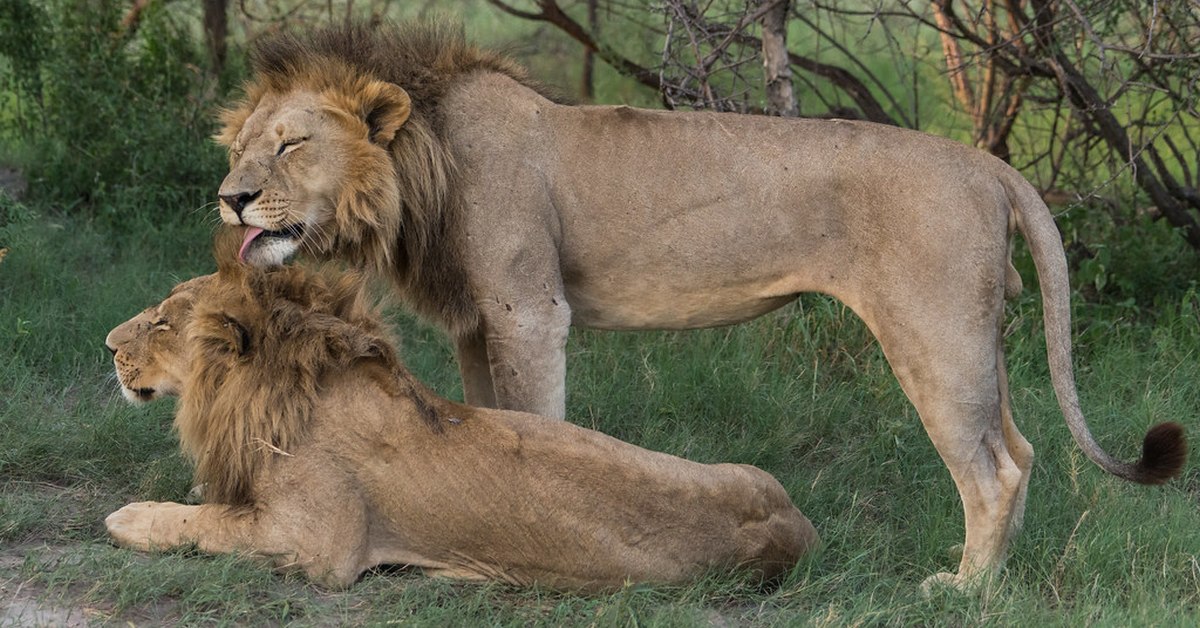The love hormone seems to have done the job.

Scientists have proven that the “love drug” oxytocin has a positive effect on big cat bonding in captivity, IFLScience reports. Lions have a tendency to get aggressive when introduced to other lions in captivity, but, according to the new results, squirting some oxytocin up their nose was capable of making these mammals more friendly to each other upon such encounters.
The novel treatment for preventing lions from killing each other in a zoo instead of saying “How do you do?” was devised by animal biologist Craig Packer and neuroscientist Sarah Heilbronner from the University of Minnesota who published their findings in iScience.
Have you ever tried squirting something up a lion’s nose? Well, it ain’t an easy feat. But Packer and Heilbronner, working with a team at a wildlife reserve in Dinokeng, South Africa, has just managed to do so by luring the lions to a fence with big chunks of meat so that they could safely get enough close to them to get that oxytocin up their nostrils.
“By spraying the oxytocin directly up the nose, we know it can travel up the trigeminal nerve and the olfactory nerve straight up into the brain,” lead author Jessica Burkhart explained in a statement. “Otherwise the blood-brain barrier could filter it out.”
The researchers report that the 23 lions that received the treatment immediately showed signs of mellowing and generally becoming more tolerant of and less aggressive towards other lions.
“You can see their features soften immediately, they go from wrinkled and aggressive to this totally calm demeanor,” Burkhart reported. “They totally chill out. It’s amazing.”
To be able to provide sound numbers of the drug’s efficacy, the team then introduced a favorite pumpkin toy for the lions to play with. Normally, lions would keep a distance of around 7 meters (23 feet) from each other, even with the pumpkin luring them. Lions on oxytocin, on the other hand, tended to get within 3.5 meters (11.5 feet) of each other.

In the presence of food, however, the love seemed to evaporate altogether. The lions were just as intolerant of intruders getting too close to their meal as without oxytocin.
Trying to make lions living in close quarters more friendly to each other does not only have benefits in captive scenarios. With the advance of an ever-growing human population, lions are often moved to fenced-in reserves from their original territories. That, again, puts them in closer proximity to each other than is ideal for these big naughty cats.

“Currently we’re working on introductions of animals who have been rescued from circuses or overseas or war zones that now live in sanctuaries,” Burkhart said.
“The hope is that this will translate to animals being relocated in the wild, helping them to become more inclined to their new social environment so they’re more curious and less fearful, leading to more successful bonding.”
That’s certainly a noble goal to pursue.
